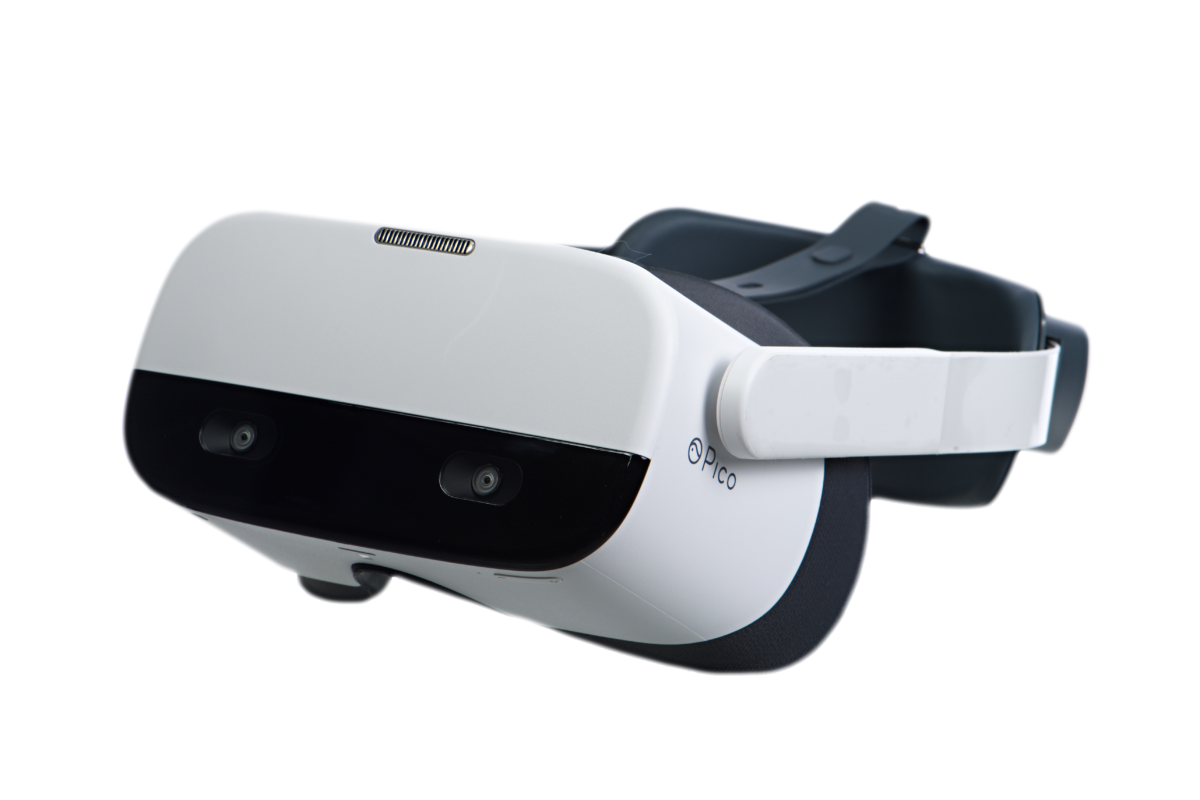Virtual reality training research is helping more and more companies understand that a VR training program can be the fastest, most effective way to train their employees. However, some CEOs and shareholders remain hard to convince, leaving CIOs and CTOs tasked with presenting a solid virtual reality training business case to show how such programs can benefit their organization’s bottom line.
VR’s Across-Industry Appeal
Because virtual reality programs can be created for the most challenging scenarios in almost any industry’s — from a big box store’s Black Friday sale to a rare and complex surgery requiring hours of practice to master — the benefits of launching a VR training pilot program exceed simple cost savings for employee training.
Deloitte recently reported that VR training not only helped employees learn more quickly, but those same employees learned more information and retained higher percentages of what they learned – for an extended period of time.
In a nutshell: VR training programs deliver better outcomes for real-life scenarios students may face later on compared to traditional settings are less focused on improved student-user-experience.
Support For Your Business Case
To successfully present your business case you’ll need to address the project goal and how VR training can outperform other training options.
Below, we look at four research papers, each addressing one of the four main areas virtual reality training program can outshine traditional learning environments and deliver superior results.
Business Case to Learn Physical Tasks
In a recent research paper, “The Effects of Fully Immersive Virtual Reality on the Learning of Physical Tasks,” researchers examined the advantages of fully immersive virtual reality settings when applied to a group of people learning a series of physical steps in the completion of tasks.
VR training programs are only now reaching a developmental plateau where a full range of motion, (meaning total immersion requiring “6DoF” — or the six “degrees of freedom” needed for a rigid body to fully navigate a three-dimensional space), is possible.
Full immersion is extremely useful for learning activity involving bodily coordination from learning surgical skills to combat training, from dance to martial arts, from riding a bicycle to repairing a computer, or even something as simple as cooking an egg.
The study compared learning in an image-based, fully immersive VR program to learning from instructional videos alone.
The Task
Researchers chose the traditional martial art of Tai Chi as the experimental task for three key reasons:
- it involves complex, deliberate, full-body motions;
- it has clear rules for “successful” completion of each move, and,
- it has a history of use in similar studies.
A Tai Chi master was filmed performing the desired moves. Using a 3D model, they created a virtual teacher.
In the instructional video training session, students could see 2D images of the environment and the virtual teacher from a single, front-on camera angle.
In the virtual reality training session, students could see four stereoscopic human representations:
- images of themselves rendered in the third person;
- an image of the teacher from behind, and finally,
- a reflection of both images in a virtual mirror.
Twenty-six undergraduate students participated, their numbers split evenly between gender, and evenly distributed between types of training, (instructional video and virtual reality).
Following the training, two independent reviewers rated videos of the students repeatedly performing the learned moves and evaluated them blindly (without knowing which students had received instructional video training versus those students who had participated in virtual reality). Each student was assigned a final score which was then matched-up with self-reports from each participant.
A review of all scores showed that students who participated in immersive virtual environments were both better rated by the assessors and self-reported a superior training experience.
Project Goal: Learn a physical task
This research paper will support a business case for VR training programs as a more effective methodology for learning physical tasks
Business Case for Translating Knowledge Into Action
In the Boeing-funded paper, “Intelligent Tutoring: Bridging the Gap from Knowing to Doing,” researchers examined the ability to apply training-acquired cognitive knowledge to action in real life situations. The study looked at using an Intelligent Tutoring System (ITS) to deliver ‘specific abilities training’ to see if it could improve problem-solving in subsequent simulation training.
The Task
The task put trainees in the role of commander for a mechanized infantry-tank team and assigned the task of coordinating and directing an in-stride breach of a minefield.
- 24 Boeing employees completed the 30-minute Interactive Media Instruction (IMI) session covering both breaching tactics and simulation interface. A 63-question knowledge test followed completion of the initial IMI session after which each employee participated in a follow-up simulation to generate a baseline for their performance.
- They divided participants into two groups. Half of the employees reviewed the IMI, retook the 63 question test – with the questions in a different order, and underwent a second, different simulation. They repeated the process for a total of three IMI reviews, tests, and simulations.
- The other group of employees took part in ITS training, instead of the IMI review. The ITS presented additional specialized training for alternate scenarios, after which employees completed a second, different simulation. A second ITS training session occurred, followed by a third and final simulation.
- Employees who had repeated IMI training only reported a successful performance rate of approximately 20% in all three simulations. Employees who received ITS training had an initial successful performance rate of 20% in the first simulation but jumped to almost 60% by the third and final simulation.
The specific training provided to the second group of employees not only improved performance but revealed that participants expanded their knowledge and could apply it in significantly improved ways in subsequent simulations.
Project Goal: Translate Knowledge Into Action
This research paper will support business cases for enhancing VR programs with specific abilities training or illustrating improved effectiveness over IMI-only training by allowing participants to absorb more knowledge and apply it to varied or changing situations.
Business Case To Increase Training Value
In the USMC’s Use Case “Measuring Virtual Simulation Value in Training Exercises,” researchers assessed the training value achieved through the addition of an integrated virtual training simulation compared to that of a non-integrated training environment.
The Task
Trainees were split into two groups and run through training exercises. One group using the integrated virtual reality simulation and the other a non-integrated training environment.
Task completion across all exercises
The trainees who were exposed to the virtual simulation training reported that 70% completion of assigned tasks. Those using the non-integrated training environment reported 60% completion of assigned tasks.
Task completion in mission-critical exercise
The task completion gap widened significantly in the mission-critical exercise test. Trainees using the VR simulation reported an assigned task completion of 68% in a convoy simulation, while those using the non-integrated environment reported only 36% of tasks assigned.
Cost Analysis
A comparative cost analysis of the VR training simulator vs. the costs of running a live environment simulation showed $6.7 million in costs avoided through the use of virtual simulations.
Project Goal: Increase Training Value
This research paper will support business cases for improved training results over live training environments as well as supporting VR training cost effectiveness.
Business Case for Immersion Aids Recall
“Virtual Memory Palaces: Immersion Aids Recall,” published by researchers from the University of Maryland explored the advantages of using a virtual memory palace viewed through a head-mounted VR display versus a desktop computer and mouse configuration.
User Study
The study selected 40 participants from the University campus, and the surrounding community and each participant was shown two scenes and two sets of faces paired with names.
The Task
- One scene and set of faces were viewed using a desktop computer with a mouse used to control the direction of the view on the screen. This was configured to mimic the view through the VR headset.
- The second scene and set of faces were viewed through a head-mounted VR system.
- Before viewing each scene, participants familiarized themselves with the 42 faces and their assigned names.
- Twenty-one faces were added to one of the two scenes and presented in one of the two 3D environments (desktop or VR headset). Participants were given five minutes to review the faces before they were replaced with numbers.
- Participants were asked to assign the face/ names to the numbers correctly.
- They repeated this process using the second scene and the second set of faces, using the head-mounted VR system.
The median recall accuracy for desktop viewing was 78.57%. The virtual reality median recall accuracy was 90.48%. All but two participants stated the VR environment was better for the challenge presented, and 70% attributed the better virtual reality results to improved spatial awareness.
Project Goal: Improve Immersion Recall
This research paper will support business cases for virtual reality training programs to provide an optimized learning environment for the acquisition and retention of information that must be memorized versus that of a desktop learning environment.
Conclusion
These four virtual reality research papers can support a variety of business cases potentially paving the way for a VR training pilot program within your organization. As results of virtual reality training programs continue to outperform traditional methods, you can expect more companies to consider embracing VR as an important, useful, and cost effective training tool.

PIXO Has Improved VR Management to One Easy Step

